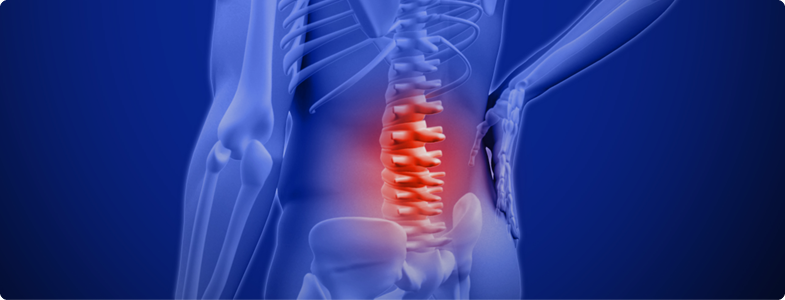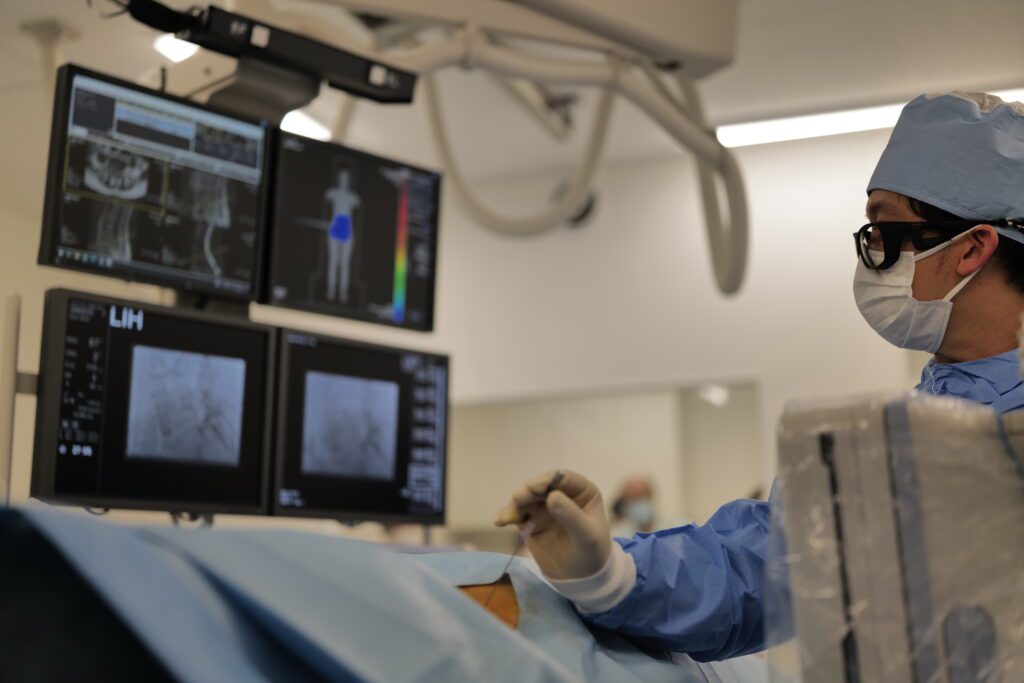Column How to Treat Chronic Low Back Pain: Find the Right Treatment for Your Condition.
April 21, 2023
It is thought that approximately 30 million people in Japan suffer from back pain.
Back pain can be broadly divided into two categories: acute back pain and chronic back pain. Acute back pain refers to back pain that subsides within four weeks of the onset of pain. Symptoms include sudden pain that violently assaults the lower back, with “a strained back” being one of the typical symptoms. In contrast, chronic back pain is the result of accumulated daily fatigue to the lower back, and the muscles tend to be stiff and tense, resulting in heavy, dull pain that persists over a long period of time. Unlike the acute phase, the pain does not suddenly abate or heal completely.
In this article, we will discuss the treatment of chronic low back pain.
What is chronic low back pain?
Chronic low back pain is often associated with disc degeneration.
When the intervertebral discs between the lumbar vertebrae can no longer maintain their original shape due to aging or continuous strain, they begin to deform, compromising the proper functioning of the discs and causing pain and other symptoms. This is what is referred to as disc degeneration.
When disc degeneration occurs, the disc cracks and the nucleus pulposus inside leaks out, causing inflammation. This is called herniation of the disc and can cause symptoms such as pain and numbness in the buttocks and legs as well as back pain.
Degeneration and deterioration of the intervertebral discs can also lead to instability in the zone, resulting in the formation of bone spurs to support the lower back, and that in turn will compress the spinal canal and cause symptoms related to spinal canal stenosis such as intermittent claudication.
As you can see, aging and degeneration of the intervertebral discs can be the cause of various types of back pain.

Symptomatic Treatment
Symptoms of Intervertebral Disc Degeneration – Conservative Treatment such as Medication and Physical Therapy
When the only apparent symptom is back pain, it is often treated with pain relief medication, heat therapy, and nerve blocks.
But, for chronic back pain, if the patient does not get enough exercise, not only will it interfere with their daily activities, but it also may also lead to a vicious cycle of increased back pain due to muscle atrophy and stress-related causes. That is why it is important to keep on stretching and exercising to relax muscles, improve posture that places stress on the lumbar region, and improve the strength of core and peri-pelvic muscles.
Herniated Disc Symptoms – Nerve Block, PLDD, Surgery, etc.
If, in addition to pain in the lower back, you also have symptoms of pain and numbness in the buttocks and legs, it may be an indication that disc herniation has occurred. In such cases, nerve blocks may provide pain relief, but in most cases, the preferred options are removing the herniated area by PLDD (laser therapy) or with a spinal surgery, such as the herniated disc discectomy/LOVE procedure.
The symptoms of spinal stenosis: pain in the lower back, pain and numbness in the buttocks and legs, intermittent claudication, etc.
Surgery is often recommended when symptoms such as gait disturbance occur.
Most surgeries for spinal canal stenosis are performed under general anesthesia, in which a portion of the lumbar vertebral arch is drilled out and the ligamentum flavum or hypertrophied intervertebral joint that is compressing the nerve are removed.
Treatment at our clinic
The treatment methods introduced above cannot repair the cracks in the intervertebral discs, which are the actual root cause of back pain.
In contrast, the “Cellgel method” performed at our clinic can repair the damage to the intervertebral discs.
The Cellgel method was developed in France and has already been implemented in more than 54 countries around the world, mainly in Europe. In this treatment, a drug is injected into the deteriorated area of the disc, which then turns into a gel-like substance which repairs the cracks. Because the Discogel drug absorbs water, it also reduces the pressure inside the disc and decreases the amount of herniation protruding. The gel acts as a cushioning element by staying inside the disc as an implant, preventing the nucleus pulposus from leaking out. It is believed that this allows the disc to regenerate by itself and recover its original function.

If you have been diagnosed with a herniated disc and are suffering from chronic back pain,
Please consider having a consultation at our clinic.



